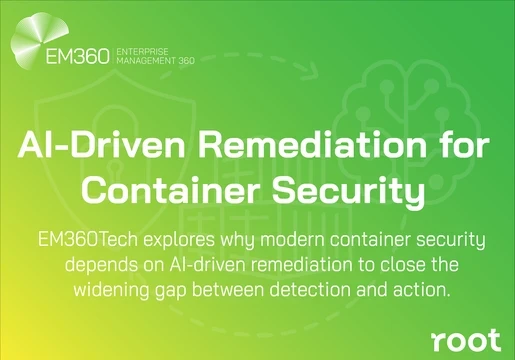Ransomware attacks increasingly force organisations to pay ransom due to the significant impact on operations, data loss, and the fear of reputational damage. Semperis’s Ransomware Risk Report explores the reasons behind the high percentage of businesses making payments, which inadvertently encourages attackers to strike again. By giving in to demands, many companies fall into a dangerous cycle of repeated attacks, becoming easy targets for cybercriminals.
To mitigate this risk, it is critical to adopt an "assume breach" mindset. Organisations must be prepared for potential breaches by investing in robust recovery plans and strengthening cybersecurity measures, ensuring they can respond effectively without succumbing to ransom demands.
In this episode, Paulina Rios Maya, Head of Industry Relations, speaks to Simon Hodgkinson about the reasons behind the high percentage of organisations paying ransoms, the cycle of repeated attacks, and the critical importance of having robust recovery plans.
Key Takeaways:
- Paying ransom does not guarantee recovery.
- Business resilience is crucial during recovery.
- Recovery plans must be robust and well-tested.
- Identity management is a critical vulnerability.
- Dedicated tools are necessary for identity recovery.
- Recovery time objectives (RTO) need improvement.
Purple Knight is highlighted in the report as a key tool in detecting vulnerabilities before attackers can strike. With Purple Knight, organisations can proactively assess their defences, identify weak points, and strengthen recovery plans—helping to break the costly cycle of ransomware payments.
Chapters:
00:00 - Introduction to Ransomware and Its Impact
02:50 - Understanding the Ransom Payment Dilemma
06:03 - The Cycle of Repeated Attacks
08:55 - The Importance of Recovery Plans
12:05 - Identity Recovery and Its Challenges
14:51 - Best Practices for Ransomware Resilience
17:50 - Tools for Active Directory Recovery
21:03 - Conclusion and Key Takeaways









Comments ( 0 )